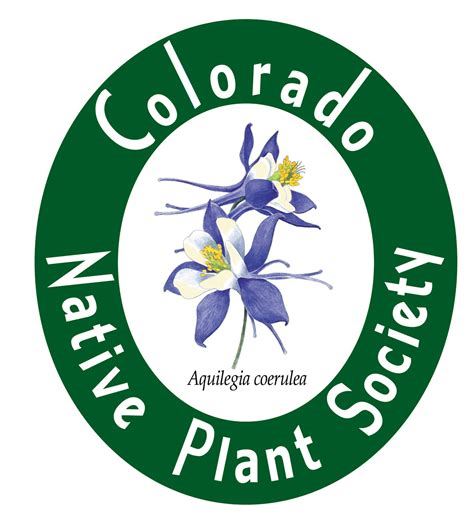Latest News & Events
ContactNOTE: Our physical location is 1900 E. Third Avenue, at the Durango Public Library. The gardens are located to the north and east of the library, along the Animas River Trail. Mailing Address: Durango Botanic Gardens 10 Town Plaza, #460 Durango, CO 81301 Phone: 970-880-4841 |
























